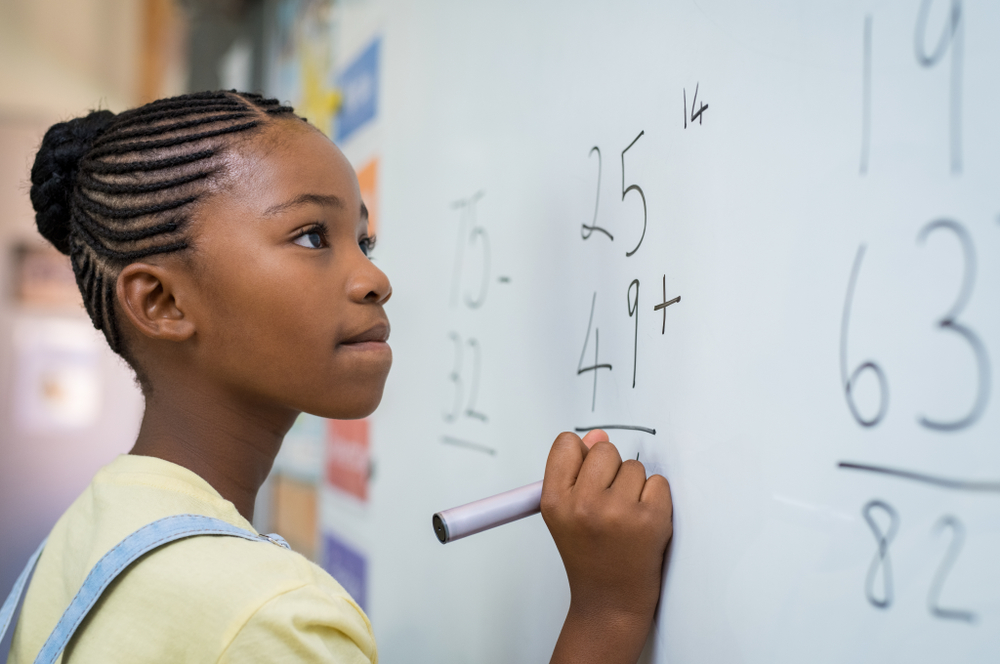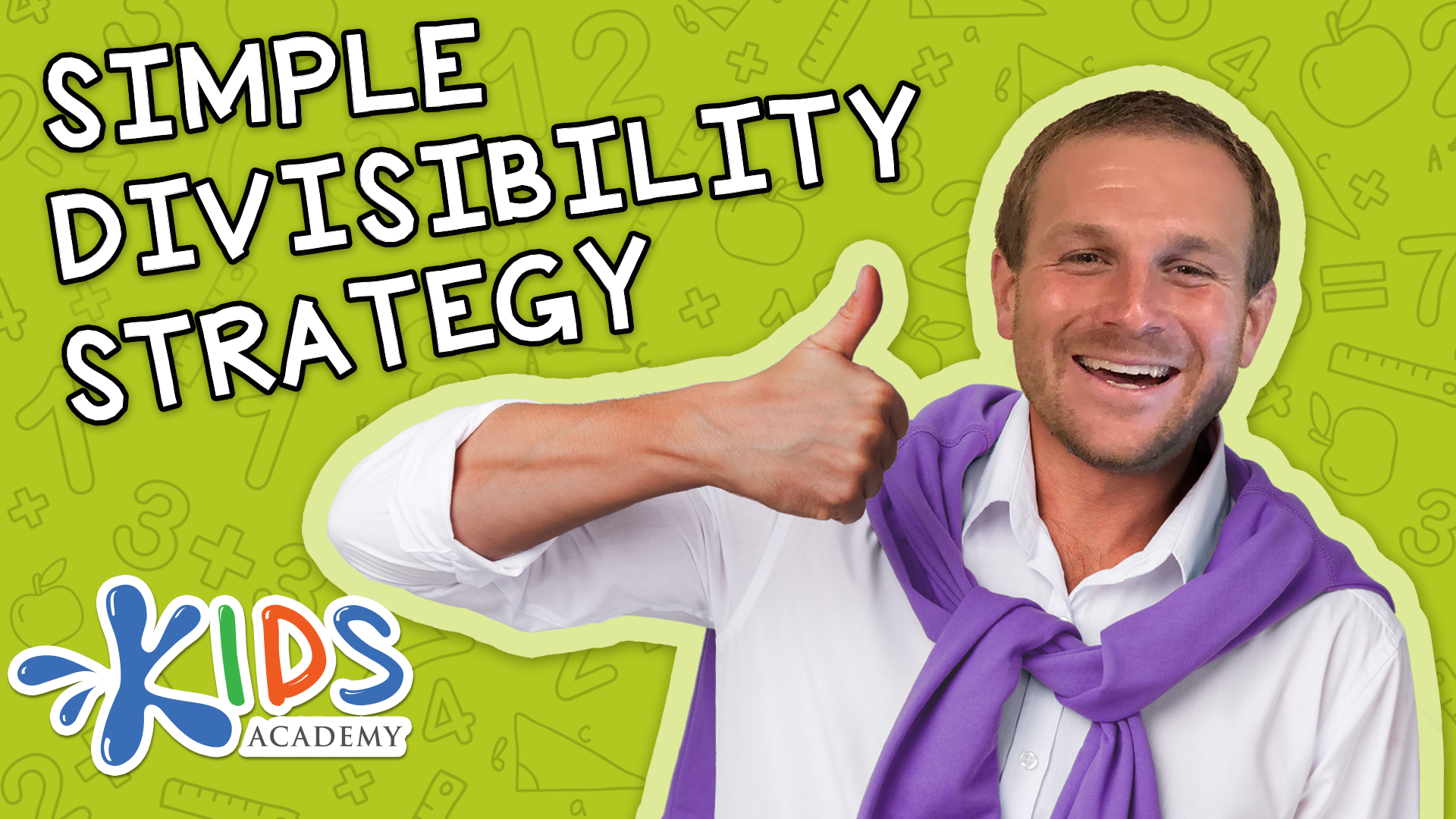Animal recognition Numbers Worksheets for Ages 5-6
8 filtered results
-
From - To
Our "Animal Recognition Numbers Worksheets for Ages 5-6" make learning numbers fun and engaging! Designed for young learners, these printable worksheets blend number recognition with cute animal illustrations, aiding both counting skills and visual identification. Kids will love connecting numbers with their favorite animals, fostering a connection between math and their everyday world. Perfect for at-home practice or classroom activities, these worksheets support developmental milestones in a playful and educational manner. Boost your child's mathematical confidence today with our exciting, animal-themed learning resources! Visit us at Kids Academy to explore more interactive and kid-friendly worksheets.
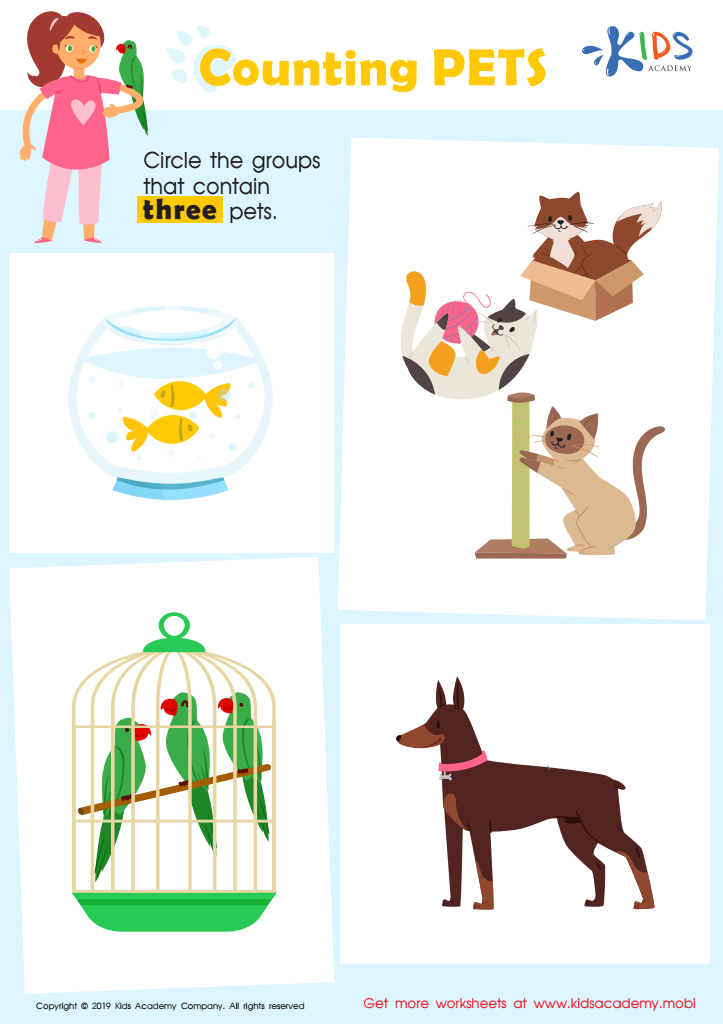

Counting Pets Worksheet


Count and Pair on the Farm Worksheet


Ordering 11–20: Chicken & Egg Dot–to–dot Worksheet


Counting Sea Animals Worksheet
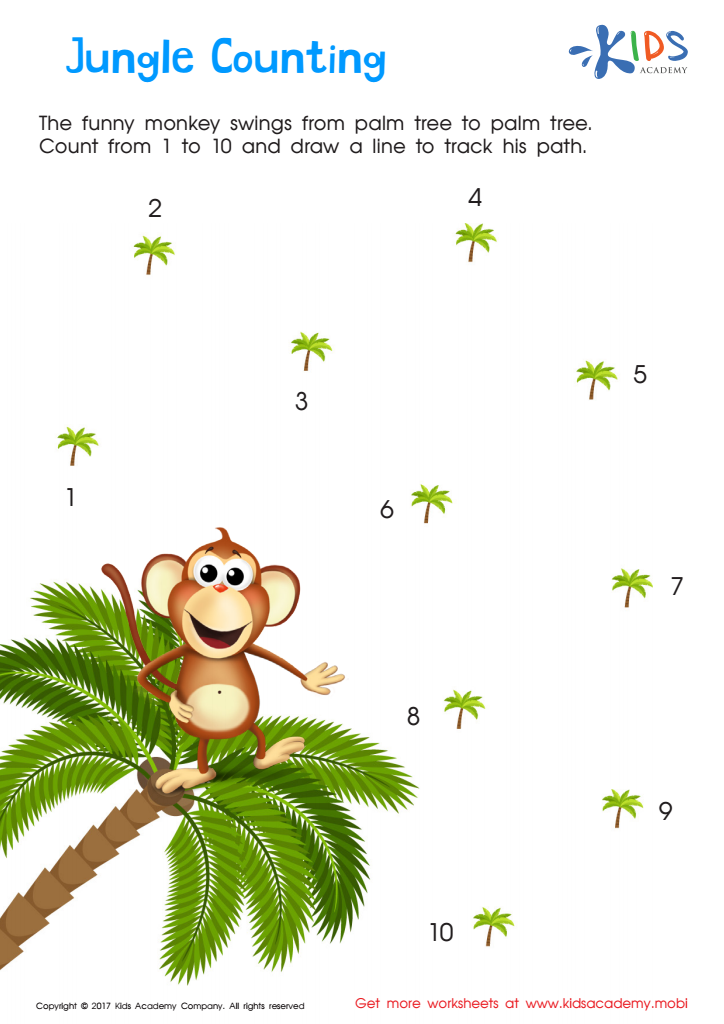

Jungle Counting Connect Dots Worksheet
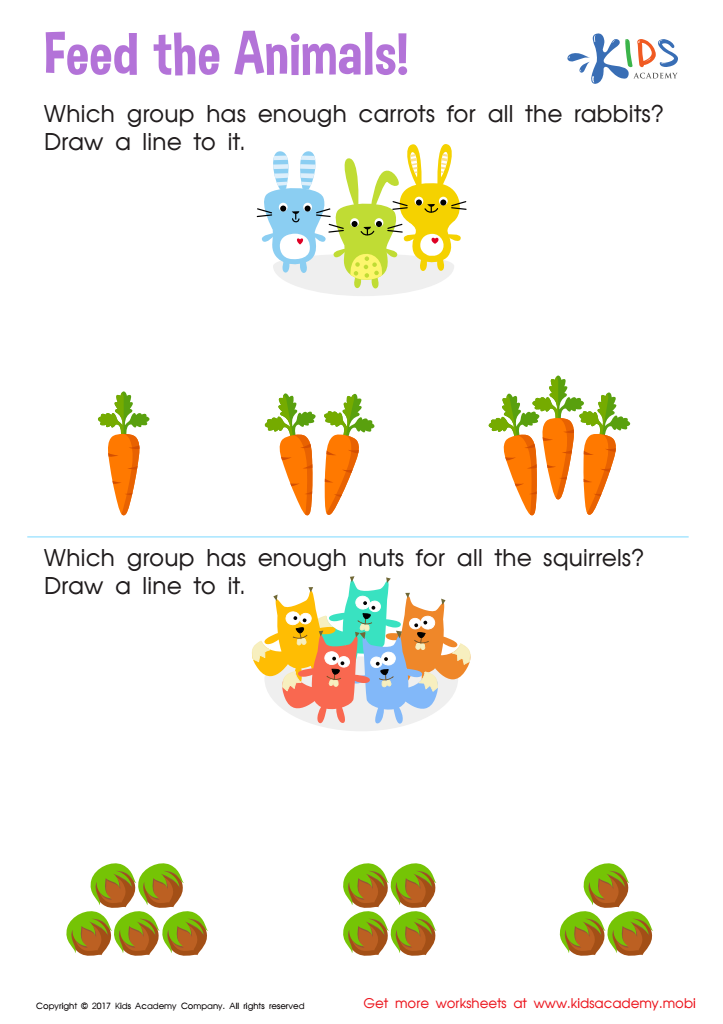

Count and Match: Feed the Animals Worksheet
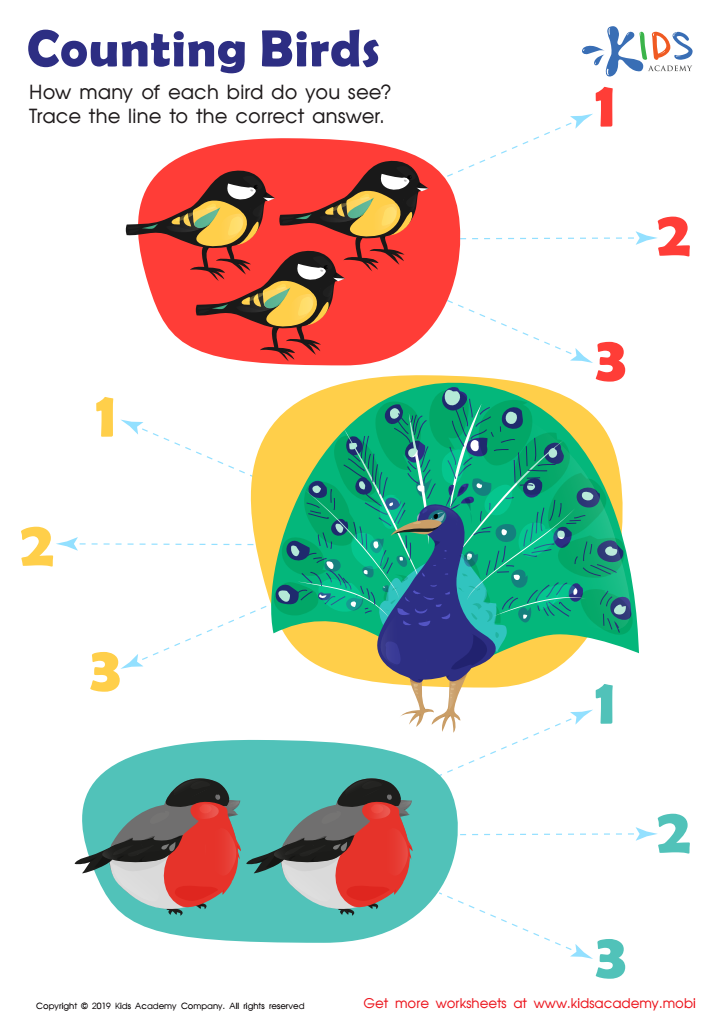

Counting Birds Worksheet
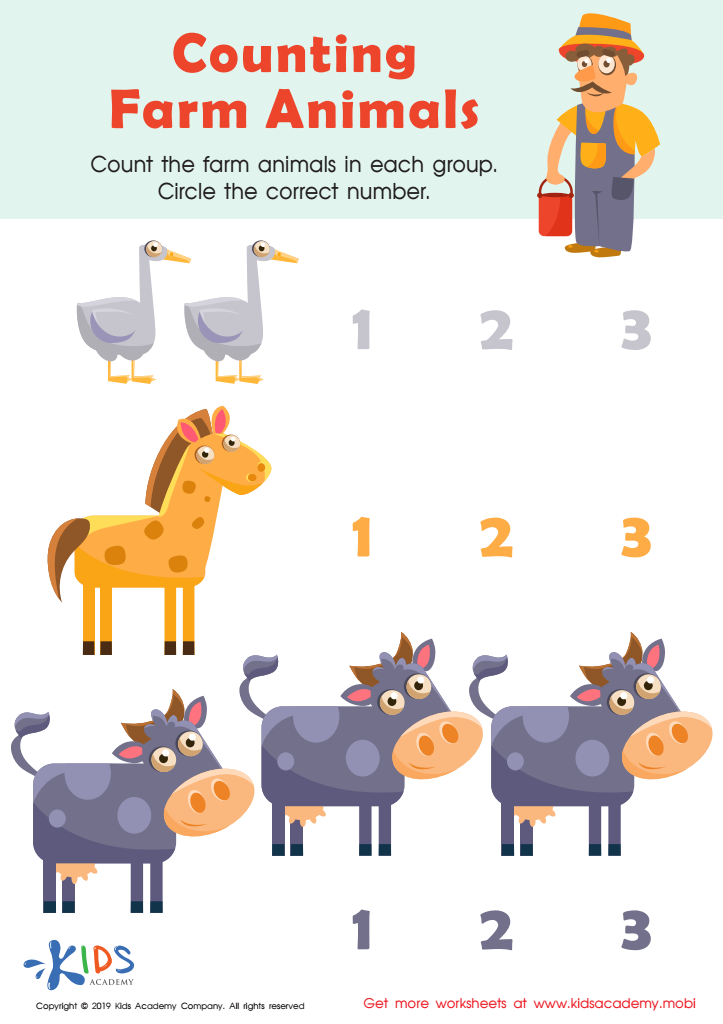

Counting Farm Animals Worksheet
Parents and teachers should care about animal recognition numbers for children aged 5-6 for several compelling reasons. At this developmental stage, children are naturally curious and respond well to visual and interactive learning methods. Combining the recognition of animals with basic numeracy skills leverages this curiosity and aids in cognitive development.
Firstly, using animals to teach numbers injects fun and engagement into learning, which helps maintain a child's interest and motivation. When children see a favorite animal associated with a number, such as three cows or five ducks, it makes the abstract concept of numbers more concrete and easier to grasp.
Secondly, this method strengthens memory retention. Associating numbers with recognizable and exciting images helps reinforce memory pathways. This ensures that children are not just memorizing numbers in isolation but also understanding their representation and context.
Additionally, this approach enhances language skills. When teachers or parents discuss the animals, their sounds, habitats, and characteristics, children expand their vocabulary and comprehension concurrently with learning numbers.
Finally, the emotional connection fostered through animal recognition can calm learning anxieties and build confidence. When children can easily recall that five monkeys mean ‘five,’ it encourages a sense of accomplishment, which is foundational for developing a lifelong love of learning.
In summary, integrating animal recognition with numerical learning at ages 5-6 optimizes engagement, retention, emotional connection, and multi-disciplinary cognitive development.
 Assign to My Students
Assign to My Students



